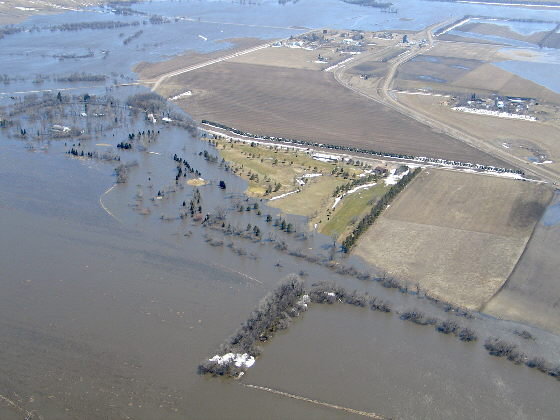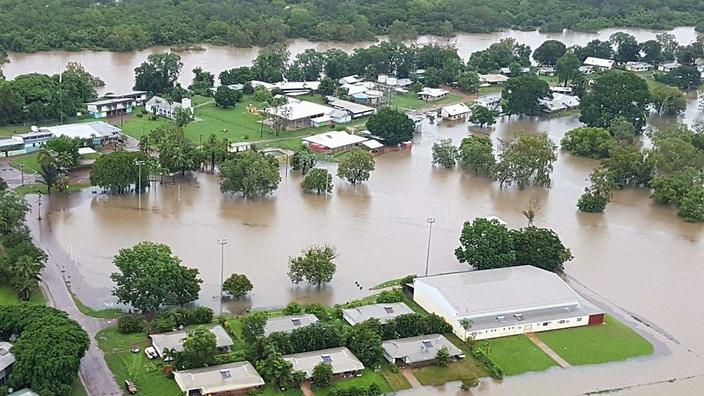 This page will have information on flood insurance.
This page will have information on flood insurance.LaMoure County And Incorporated Areas are updating flood maps. The new maps will show your current flood risk. Homeowners and businesses have until April 23, 2024 to appeal information on the map that they can show was made in error. Learn more about the proposed maps by going to fema.gov/r8-map-appeals or contact your local floodplain administrator for more information.
Below are two fact sheets from the North Dakota Water Commission to help you start learning about Flood Insurance:
http://www.swc.nd.gov/pdfs/ndram_stats.pdf
http://www.swc.nd.gov/pdfs/flood_insurance_stats.pdf
Preliminary flood hazard data (preliminary data) provide the public an early look at their home or community‘s projected risk to flood hazards. Preliminary data may include: new or revised Flood Insurance Rate Maps (FIRM), Flood Insurance Study (FIS) reports, and FIRM Databases. This tool makes nation-wide preliminary data available in a centralized and easily accessible location, along with FEMA‘s other flood hazard mapping products. For more information about preliminary data, go to FEMA‘s webpage FEMA Map Service Center.
https://hazards.fema.gov/femaportal/prelimdownload/
You can only purchase flood insurance through an insurance agent or an insurer participating in the NFIP. You cannot buy it directly from the National Flood Insurance Program (NFIP). If your insurance agent does not sell flood insurance, you can contact the NFIP Referral Call Center at 1-800-427-4661 to request an agent referral.
If you’re already on “high ground” during a flood, stay where you are. Be prepared by having your supplies already stored. #FloodSafety
Gather the supplies you may need in case a flood leaves you without power, water or gas. Supply list:http://www.ready.gov/kit
Learn your flood risk by entering your address in the Flood Smart widget, http://msc.fema.gov/portal/search

Here is a fact sheet on how the NFIP works: emergency programs vs. regular programs